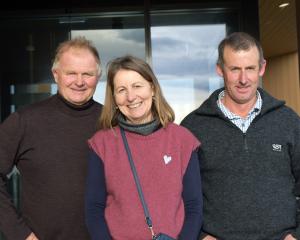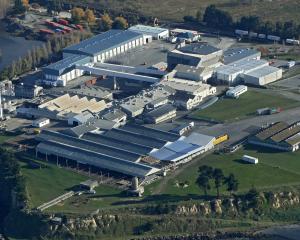
Within the next 10 years, agriculture would need to manage its largest-ever intergenerational transfer of wealth.
More than half of all farm and orchard owners — more than 17,300 farmers and growers — would reach age 65, Mr Charteris said.
At current land values, the transition of these farmers’ operations represents a conservative estimate of more than $150b in farming assets, which will depend on a successful succession process.
Mr Charteris launched a new white paper, "Changing of the guard", at the Primary Industries New Zealand Summit in Christchurch last month.
The findings highlighted the extent of the succession challenge ahead for the sector.
"Succession is not a moment in time — it’s a process that takes years of planning, conversation and adaptation.
"The traditional model of passing the farm to the next generation is under pressure, but there are new and innovative models emerging that can help families stay connected to their land," he said.
One in three farmers had a formal succession plan in place. A further 17% had discussed succession with the relevant parties but nothing was documented, leaving exactly 50% who had neither discussed succession nor started a succession plan.
Research also finds one-third of farmers intend to pass their farm to their children, yet 39% report having no children seriously interested in farming.
"Taking over the family farm involves committing to decades of indebtedness in a sector that is subject to volatility and uncertain returns. It remains a big call for a 20-something and their bank," he said.
The paper highlights increasingly prominent succession models which are being adopted to help farming families stay connected to the land. — APL














